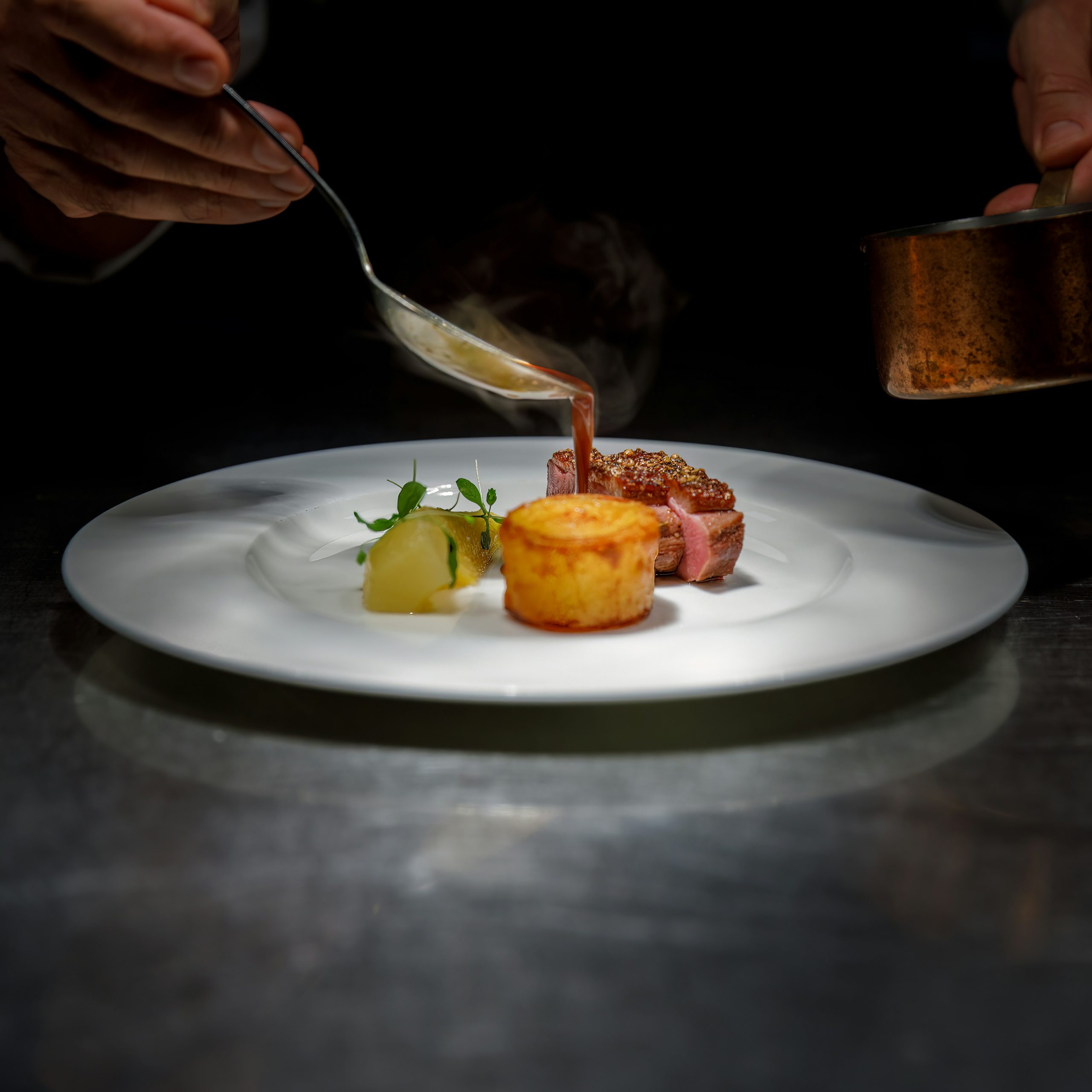
High steaks: Wagyu beef market continues to grow
Wagyu beef is growing in popularity and there are few signs of it slowing. In 2021, the global Wagyu market was worth more than $11 billion. This was a banner year as Japan exported around 8,000 tons of the gourmet beef cut. Now, the global market is expected to grow by a compound annual growth rate of 6 percent–making it worth an estimated $16 billion by 2028.
The food industry is being impacted by inflation, supply chain issues, and climate change, but Wagyu appears to be weathering the storm. From steak to high-priced burgers, the revered protein is becoming more commonly consumed. Here are the factors driving Wagyu’s popularity:
The luxury hospitality sector
Known for its tenderness and buttery, umami flavor, Wagyu has been a fine-dining favorite since the 2010s–when Japan lifted its export ban to the United States and European countries. Luxury establishments like restaurants and hotels are still fueling the Wagyu beef market today.
While some lucky customers can find Wagyu in high-end grocery and specialty stores, the market is sustained by a business-to-business model–particularly with fine dining. A large majority, 85 percent, of Wagyu sales are B2B. As a testament to the importance of B2B commerce, it’s not uncommon for a Wagyu brand to partner with luxury hotels and restaurants in major cities.
The changing consumer
Although Wagyu is linked to luxury (due to its marbling, high price, and costs associated with breeding and raising cattle), it’s becoming a favorite across income levels. Wagyu is growing into a household name as its lure, flavor, and health benefits become more widely known.
Today’s consumers are more health conscious and have more disposable income, which is proving to be a winning combination for the Wagyu beef market. Regardless of inflation, customers are willing to spend more on quality products, like premium meats. A recent study showed 85 percent of those who consume meat considered health benefits, animal treatment, sustainability, or social responsibility when buying meat products–despite currently high prices.
As Daniel Levine, director at Avant Guide Institute told the Food Institute, “The popularity of Wagyu will continue to grow in the next few years due to a powerful one-two punch of rising palates and fatter wallets.”
The growing availability
Given Wagyu’s Japanese origin, it’s become synonymous with the Asian island. (In fact, “wagyu” translates to “Japanese cow.”) Thanks to a push by the Japanese government, this premium beef cut is now enjoyed globally.
While Japan and the rest of the Asian-Pacific region are still the home of Wagyu, accounting for 77 percent of its forecasted growth through 2026, other countries are raising homegrown luxury cattle.
In the United States, ranchers are cross-breeding to give consumers a similar-tasting, lower-priced premium cut. Some fine-dining restaurant groups have also raised their own Wagyu breeds to stand out from other establishments while serving their quality-conscious guests. Japanese breeds continue to dominate the market, but the crossbreed sector is expected to grow substantially in the next five years.
As Wagyu seeps from the high-end dining world into the mainstream, the food industry has the opportunity to capture new consumers. Ironically the high price of Wagyu, which is around three times more expensive than other beef types, might be one of its challenges with expansion. However, with breeding innovations and more consumers willing to spend top dollar for top-tier products, expect to see Wagyu emerge as the next premium food trend.



